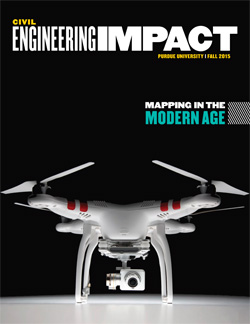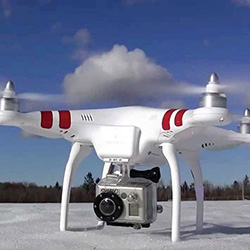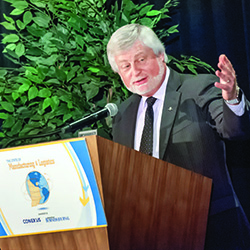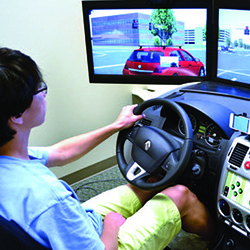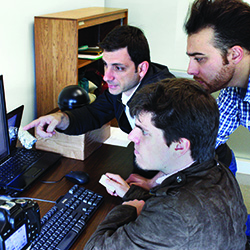Mapping in the modern age
Unmanned aerial vehicles (UAV) are emerging in many technological fronts and their use is growing quickly. Professor Ayman Habib and other researchers within the geomatics area of the Lyles School of Civil Engineering are working to address the challenges surrounding the manipulation of acquired data by digital imaging systems onboard these low-cost UAVs.

